Hotel Maestoso
ENOTA worked to balance strength and softness alongside modernism and warmth for the Hotel Maestoso in Lipica.
The Stud Farm Lipica is one of the most remarkable natural and cultural monuments in Slovenia. The area of cultivated karst landscape comprises laid-out pastures and meadow areas featuring protective fences, oak groves, and tree lanes. Lipica’s historic built core emerged as a whole in the early decades of the 17th century and, through the ages, it continued to develop. In the 1970s, large tourist accommodation buildings were constructed in response to the exceptionalism of Stud Farm Lipica piquing the interest of visitors from across the world.
Hotel Maestoso is the largest of all of the tourist accommodation structures in Lipica, and it serves as the primary point of contact between visitors and the stud farm environment. Its relatively aggressive appearance – due to the use of architectural elements of a specific period – poses a strong, even distracting contrast with the smoothness of the access paths used to access the complex as a whole. A distinctive line of white fences, undulating among the green tree lanes and upkept natural landscape of grazing herds of celebrated white horses, abruptly terminates at the parking area and overbearing presence of an existing hotel building.
A primary focus in designing the renovation and expansion of the hotel was to find a way to tone down the building’s presence in the space. That focus led to a plan to de-materialize the built masses. The proposed intervention was to purge the hotel’s facade of all added architectural elements, and to unify the structure’s expression by establishing a new, light load-bearing structure of balconies. The new structural membrane that envelops the entire hotel and swimming pool area establishes a sort of buffer between the buildings and the landscape. The interplay of light and shadows breaks down the monolithic built masses and, together with the envisaged greening of the existing volume with climbing plants, de-materializes the building to the greatest extent possible, while endowing it with a distinctive and recognizable character.
The interiors of the renovated hotel and pool section are designed as a modern interpretation of the interior spaces of the horse stables. Accordingly, the public program is designed as a particularly flexible space, with folding partition walls making it adaptable to any given need. The existing building was stripped to its raw concrete structure, which remains visible and acts as a suitable frame for the minimal additional interventions, ensuring a warm expression of the interior space. The use of materials found in stables, carefully designed lighting, and small, movable furnishings combine to form a warm space that logically enhances the unique program and location of the complex.
Design: ENOTA
Design Team: Dean Lah, Milan Tomac, Polona Ruparčič, Nuša Završnik Šilec, Jurij Ličen, Carlos Cuenca Solana, Eva Tomac, Urška Malič, Jakob Kajzer, Sara Mežik, Peter Sovinc, Eva Javornik, Peter Karba, Sara Ambruš, Goran Djokić
Photography: Miran Kambič

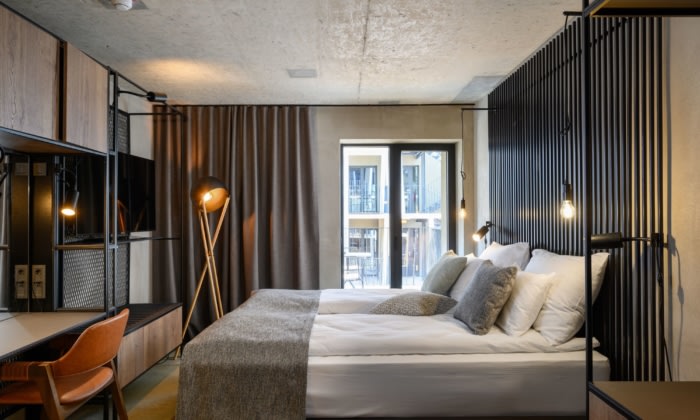
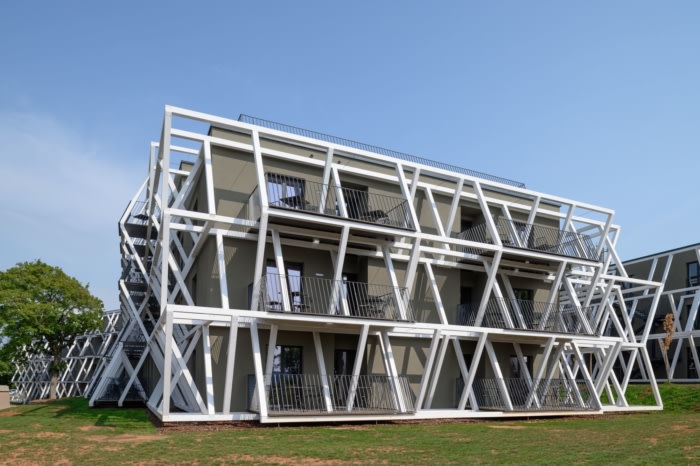
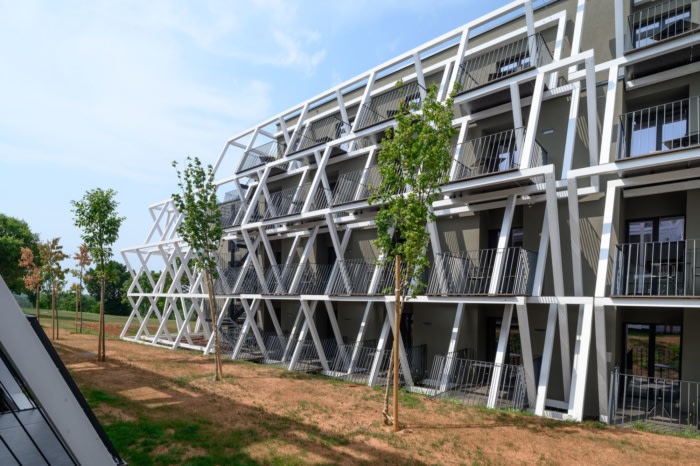
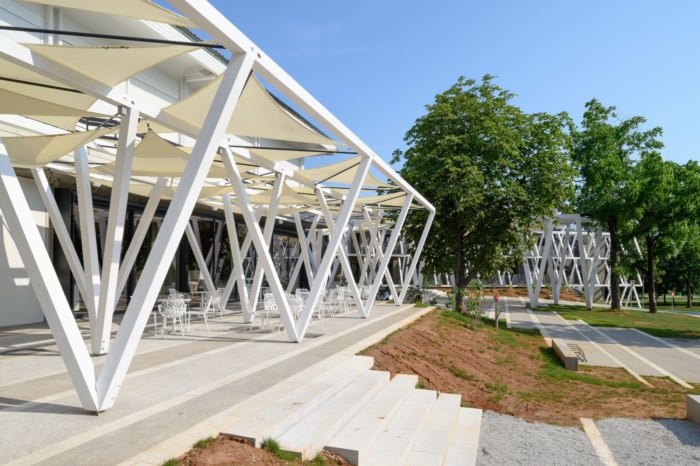
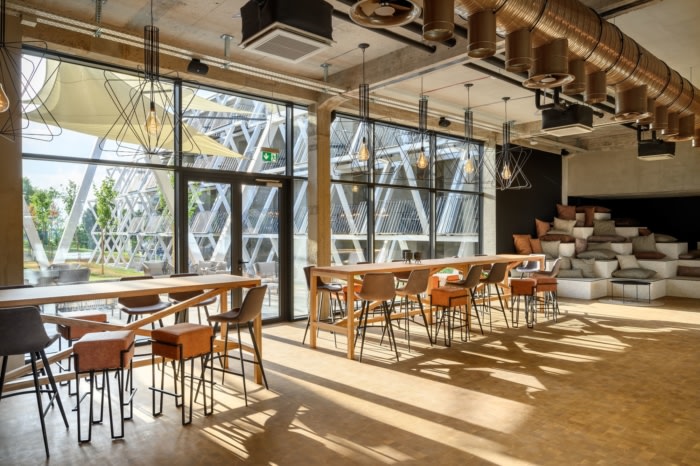
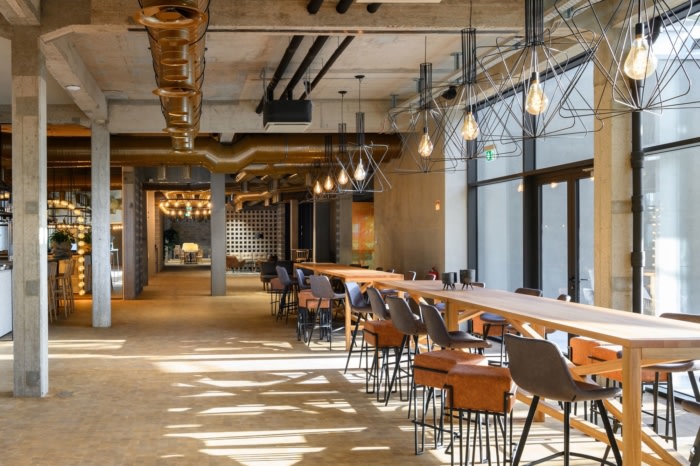
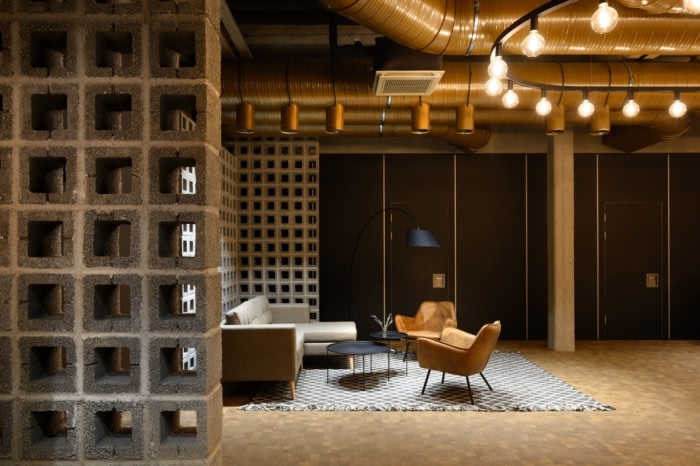
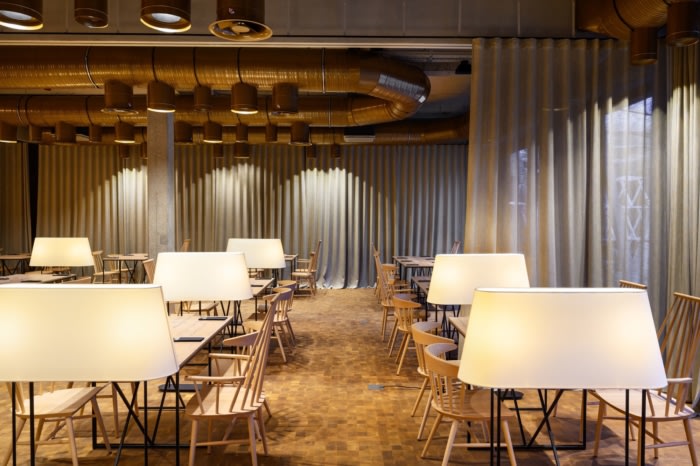

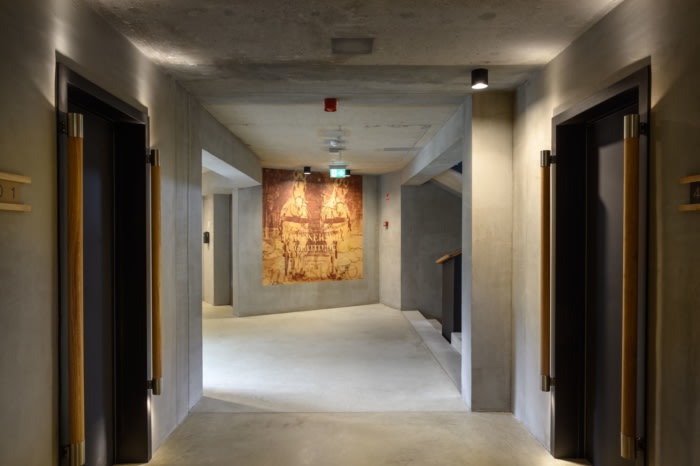
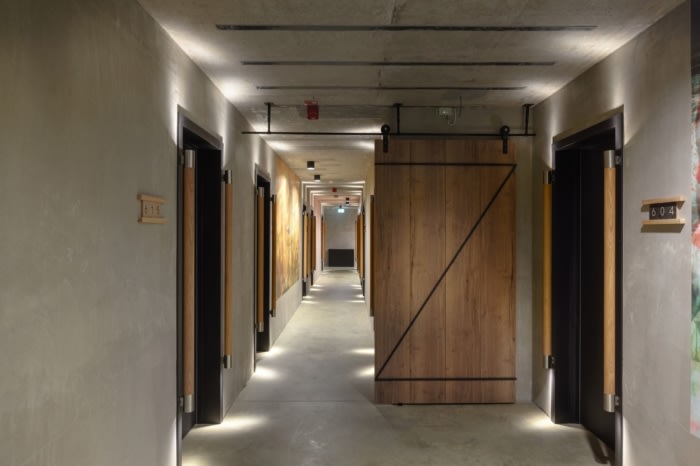

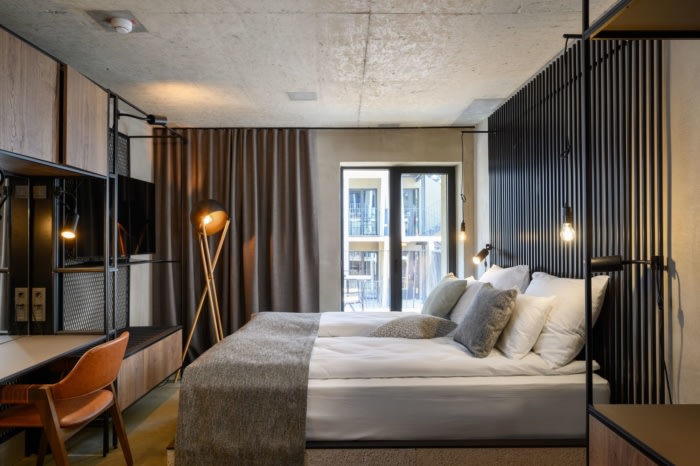








Now editing content for LinkedIn.